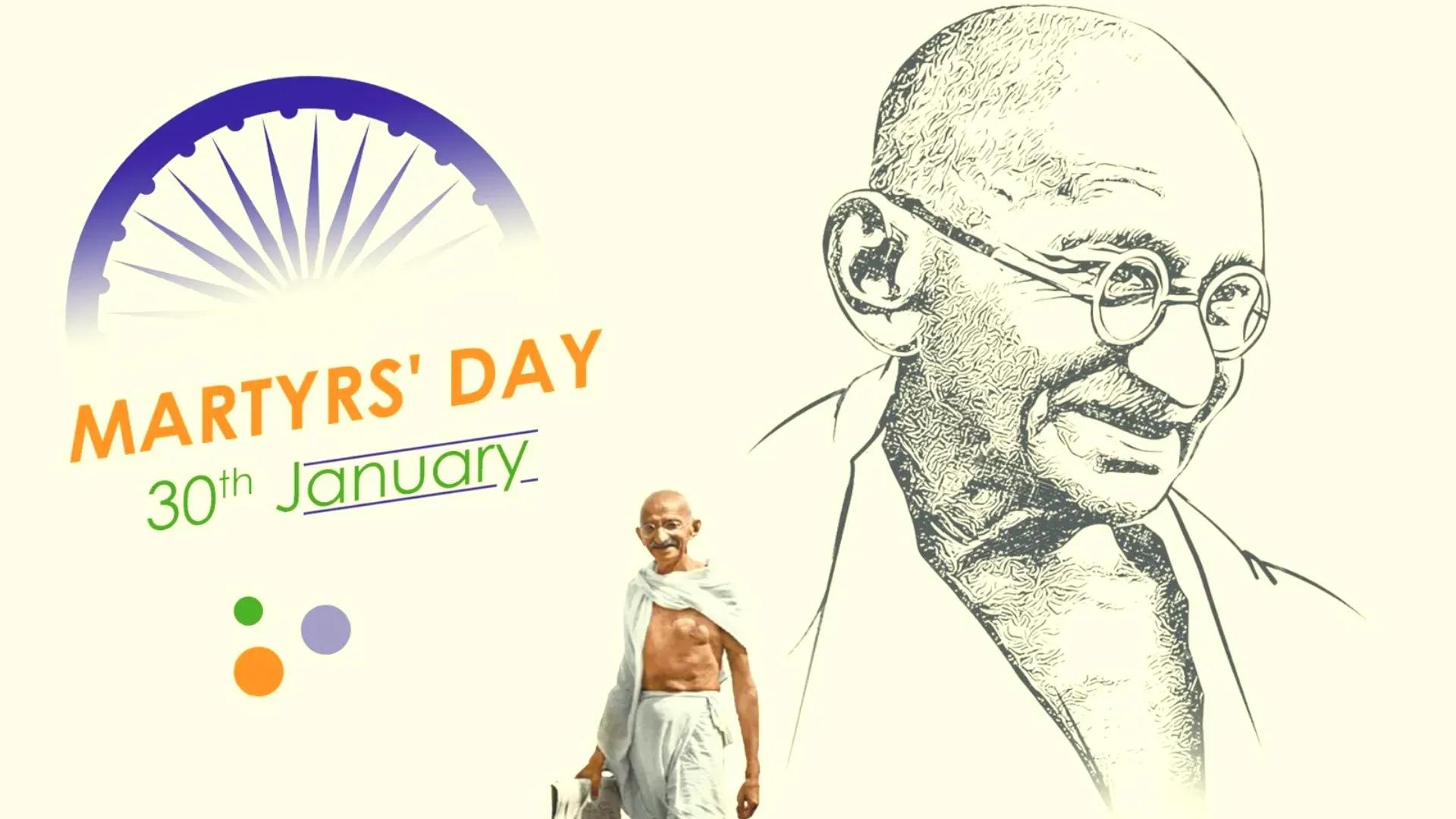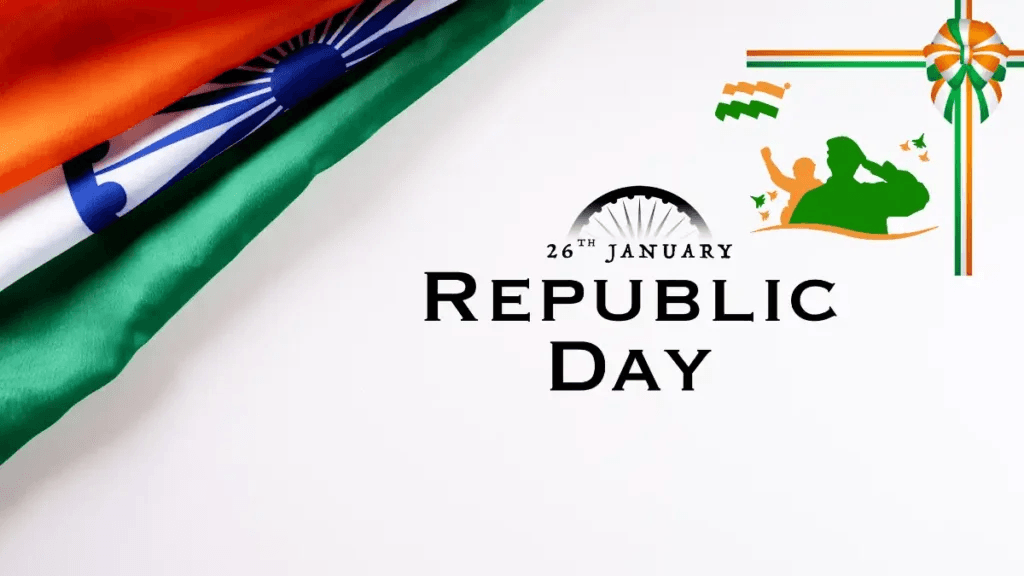The Indian Constitution stands out for incorporating a range of exemplary features from various global constitutions, tailored to India's specific requirements. Despite its influences, the Constitution of India is distinct in several ways. It commences with a Preamble, which encapsulates the Constitution's core ideals, goals, and guiding principles. These salient characteristics stem from the Preamble's objectives.
- Blogs
- Indian Independence
- Indian Constitution Unique Features & Principles 65a8c02714e5bf000128f37c
Indian Constitution: Unique Features and Principles
Indian Independence • 18 Jan, 2024 • 24,257 Views • ⭐ 3.3
Written by Shivani Chourasia

This discussion elaborates on the 18 principal attributes of the Constitution, offering a comprehensive analysis of each aspect.
The Indian Constitution – Principal Attributes
Outlined below are the significant attributes of the Indian Constitution, with a detailed examination of each:
INDIAN INDEPENDENCE QUIZ • 10 QUESTIONS • 2 MINS
We've got a Indian Independence quiz for you!
TAP TO PLAY

Most Extensive Written Constitution
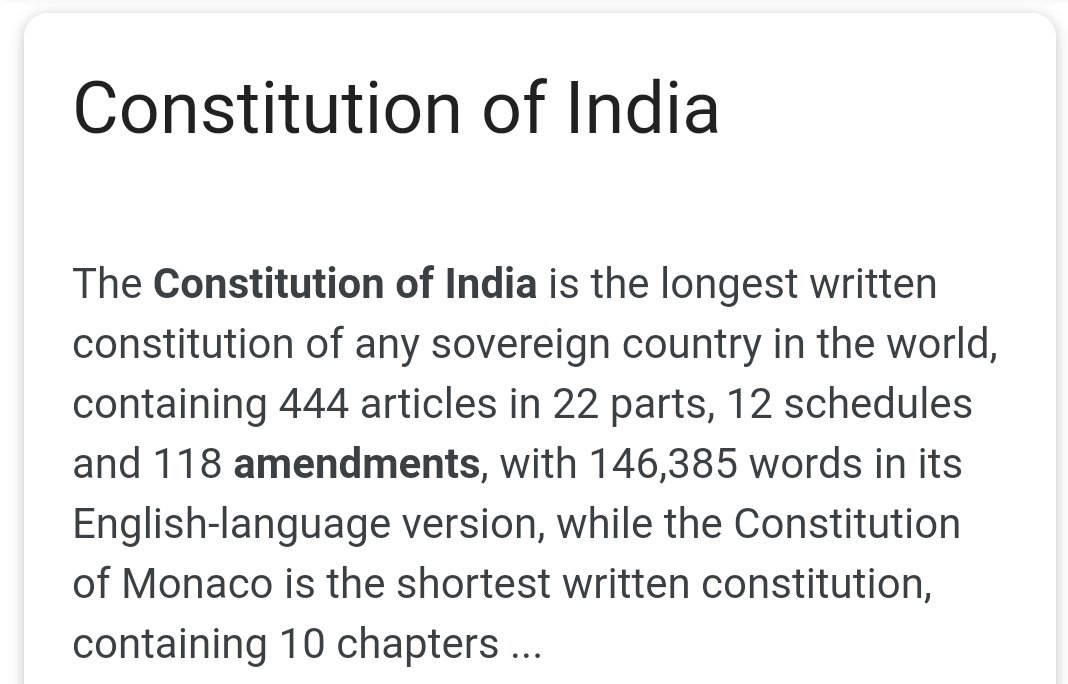
Constitutions are typically categorized as either written, like that of the USA, or unwritten, as in the UK. The Indian Constitution holds the unique status of being the most exhaustive and detailed written constitution globally. Its extensive nature is attributed to several factors:
- The immense geographical expanse and diversity of India.
- Historical influences, notably the voluminous Government of India Act of 1935.
- A unified constitution encompassing both central and state governments.
- The substantial involvement of legal experts in the Constituent Assembly.
- The Constitution not only lays down the core governance principles but also includes detailed administrative guidelines.
- It encompasses rights that are both enforceable and non-enforceable.
Incorporation from Diverse Sources

The Indian Constitution amalgamates features from various international constitutions and the Government of India Act of 1935 (incorporating about 250 of its provisions). Dr. B.R. Ambedkar, a key architect of the Indian Constitution, proudly stated that the Constitution was developed after thoroughly examining all major existing constitutions.
- The Constitution’s framework largely mirrors the Government of India Act of 1935.
- The philosophical elements (such as Fundamental Rights and Directive Principles of State Policy) draw inspiration from the Constitutions of the USA and Ireland, respectively.
- The political dimensions (including the Cabinet system and executive-legislative relations) are heavily influenced by the British Constitution.
Integration of Flexibility and Rigidity
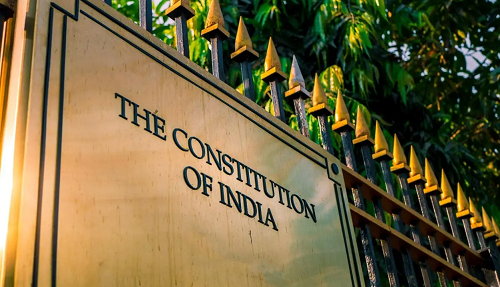
Constitutions are often categorized as either rigid or flexible. A rigid constitution, such as the American Constitution, necessitates a special method for amendments. On the other hand, a flexible constitution, like the British Constitution, can be amended just as regular legislation is. The Constitution of India uniquely combines these two aspects. The rigidity or flexibility of a constitution is often determined by its amendment process. In India, the Constitution outlines three distinct amendment methods, ranging from straightforward to increasingly complex, based on the amendment's nature.
INDIA QUIZ • 10 QUESTIONS • 2 MINS
We've got a India quiz for you!
TAP TO PLAY

Federal Structure with a Centralizing Tendency
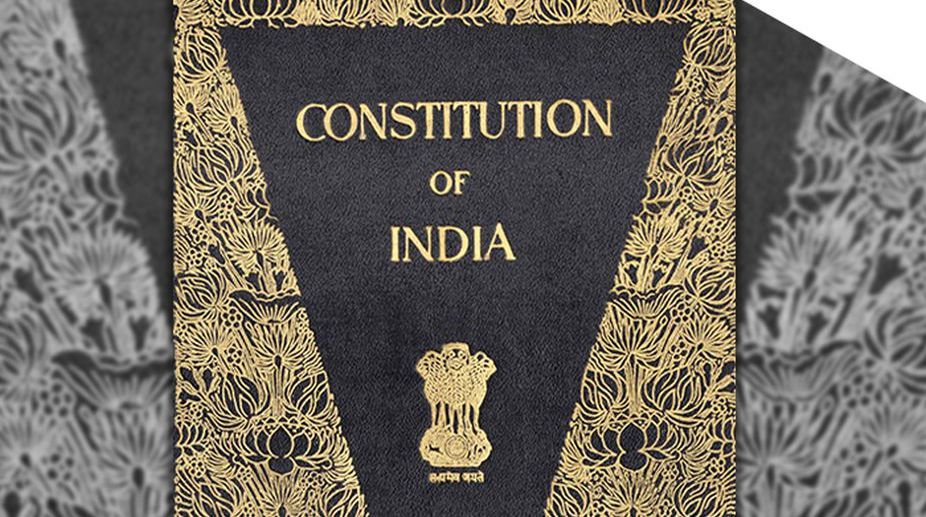
The Indian Constitution establishes a federal system, characterized by standard federal features like dual governance, power distribution, a codified constitution, constitutional supremacy, inflexible amendments, an autonomous judiciary, and a bicameral legislature. However, it also integrates several unitary elements, including a dominant central government, a singular constitution, centrally appointed state governors, uniform all-India services, and an integrated judicial system. Notably, the term 'Federation' is not explicitly used in the Constitution. Article 1 refers to India as a 'Union of States,' highlighting two aspects: the Indian Federation did not emerge from a state agreement, and no state has the right to withdraw from the union. Therefore, the Indian Constitution is often described as 'federally structured but with a unitary spirit,' and 'semi-federal' by scholars like K.C. Wheare.
Parliamentary System of Governance
The Indian Constitution favours the British Parliamentary model over the American Presidential system. This parliamentary system, also known as the ‘Westminster’ model, responsible government, or cabinet government, is founded on the collaboration and coordination between legislative and executive branches, contrasting the presidential system’s separation of powers principle. This system is implemented both at the central and state levels in India. Within this framework, the role of the Prime Minister is pivotal, often leading to the term 'Prime Ministerial Government' being used to describe it.
Distinctive Elements of India's Parliamentary Government
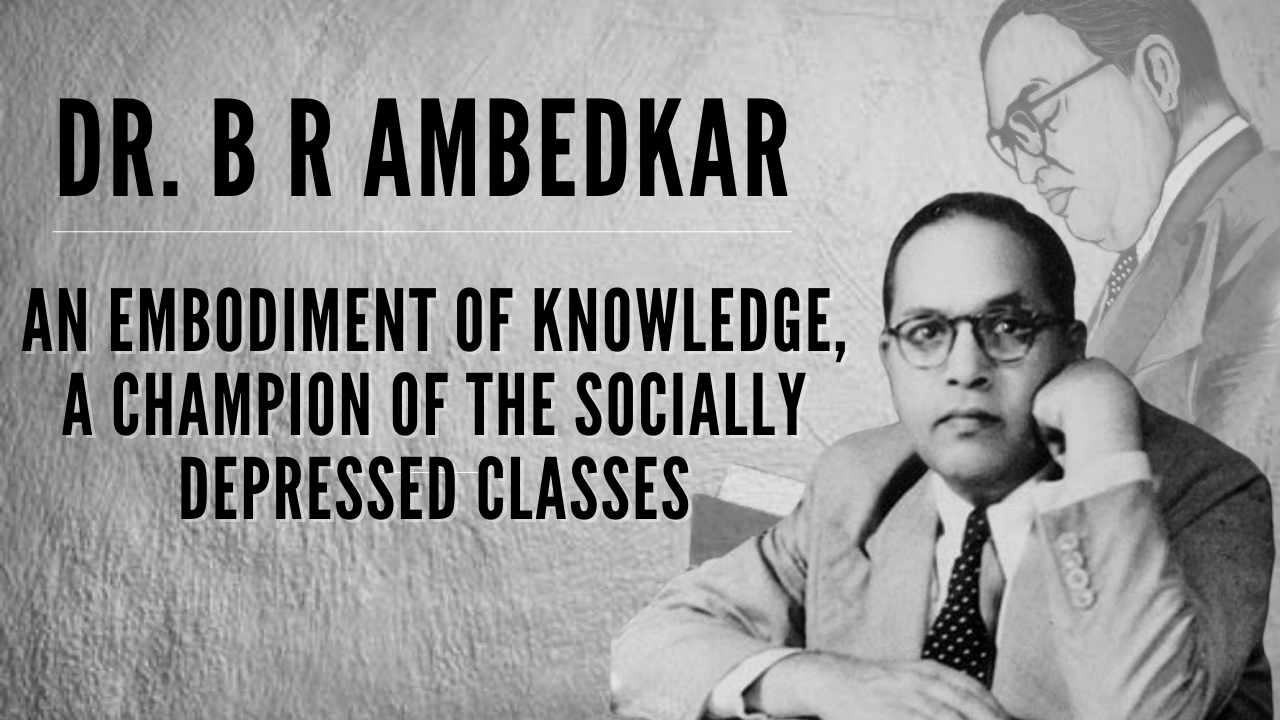
- Presence of Real and Nominal Executives
- Majority Party Rule
- Collective Responsibility of the Executive to the Legislature
- Membership of the Ministers in the Legislature
- The Leadership of the Prime Minister or the Chief Minister
- Dissolution of the Lower House (Lok Sabha or Assembly)
- Indian Parliament is not a Sovereign Body like the British Parliament
- Parliamentary Government combined with an Elected President at the Head (Republic)
Combining Parliamentary Sovereignty with Judicial Dominance
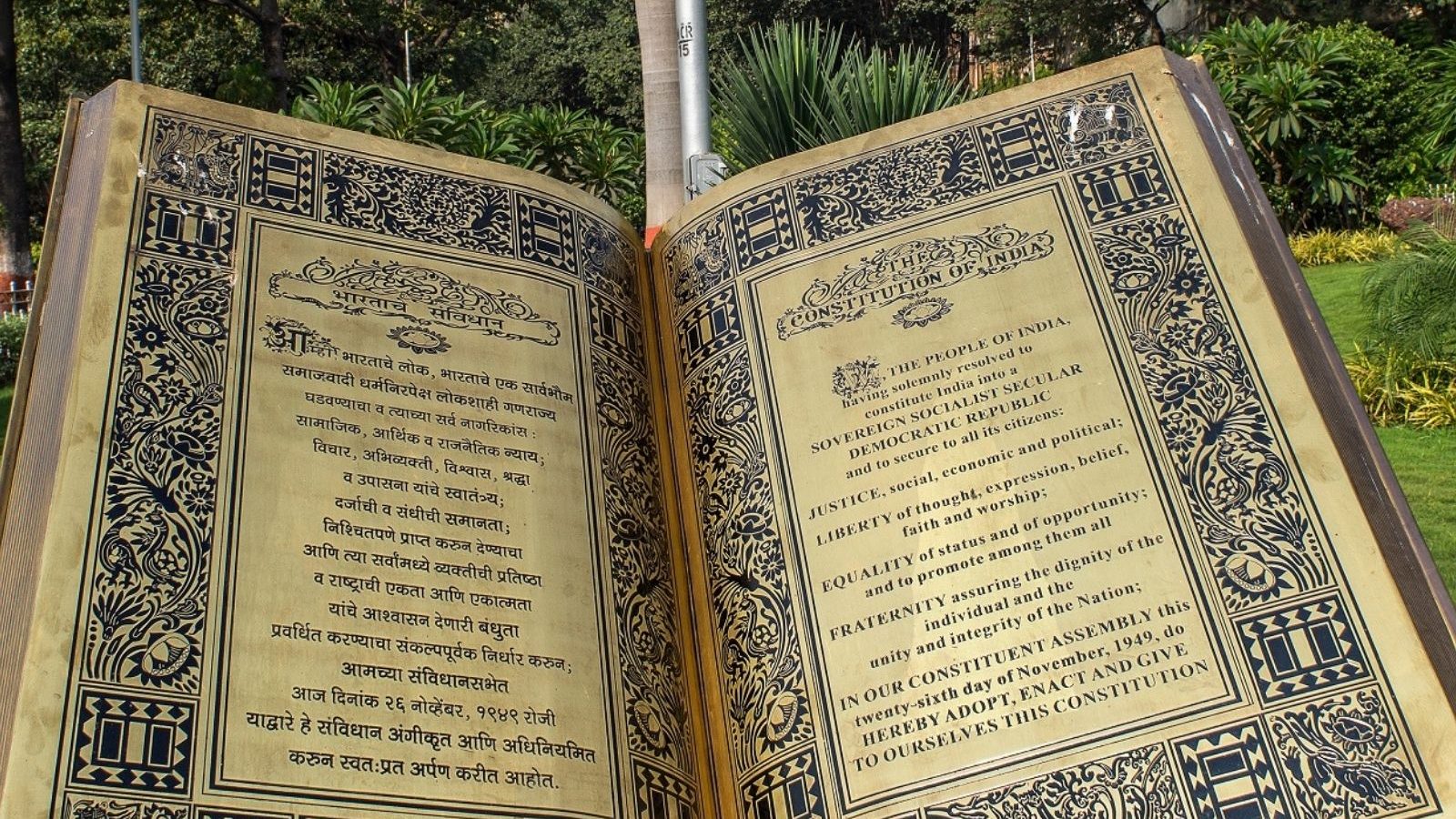
The concept of parliamentary sovereignty, as seen in the British Parliament, contrasts with the judicial supremacy principle of the American Supreme Court. In India, the parliamentary system deviates from the British model, and its Supreme Court's judicial review scope is more limited compared to the U.S. This difference arises from the Indian Constitution's reliance on 'procedure established by law' (Article 21) rather than the American 'due process of law'. Consequently, India's Constitution creators aimed to blend British parliamentary sovereignty with American judicial supremacy. This allows the Supreme Court to invalidate parliamentary laws via judicial review, while Parliament retains the ability to amend most parts of the Constitution.
Principle of Rule of Law
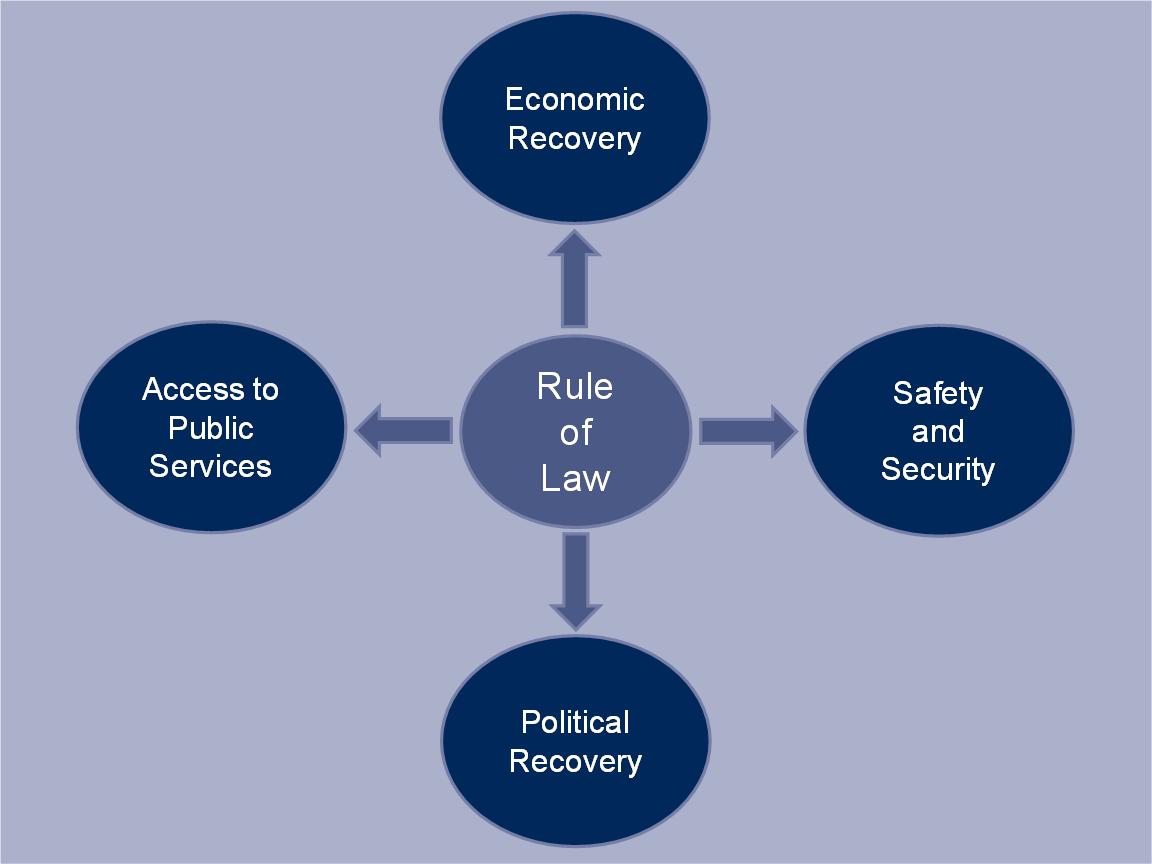
The concept of Rule of Law is foundational in a democratic system, emphasizing that governance should be based on established laws rather than the whims of individuals. This principle asserts that nobody is above the law, underscoring the fallibility of humans. In a democracy, the law reigns supreme, with its core lying in customs – the long-standing practices and beliefs of the populace. Ultimately, the Rule of Law signifies the supremacy of the collective wisdom of ordinary citizens.
Further, the Rule of Law encompasses several critical aspects:
- Absence of arbitrary power.
- Assurance of fundamental rights to every individual.
- The highest judiciary acts as the ultimate upholder of legal sanctity.
The Indian Constitution embeds this principle, particularly in Part III, to reinforce Article 14, ensuring equality before the law and equal protection under the law. Initiatives like Lok Adalats and public interest litigation by the Supreme Court further this concept. Moreover, current legal frameworks permit individuals to represent themselves in court or seek legal help facilitated by the judiciary.
Unified and Autonomous Judiciary

India's judicial framework is an integrated system. The Constitution of India establishes an Independent Judiciary, insulating it from the influences of the executive and legislative branches. The Supreme Court, positioned at the pinnacle of this system, is followed by the High Courts at the state level, and beneath them lie the district and other lower courts. The Supreme Court functions as a federal court, the ultimate appellate authority, a protector of citizens' fundamental rights, and a guardian of the Constitution. Various provisions within the Constitution are dedicated to ensuring the independence of the judiciary.
Guaranteed Fundamental Rights
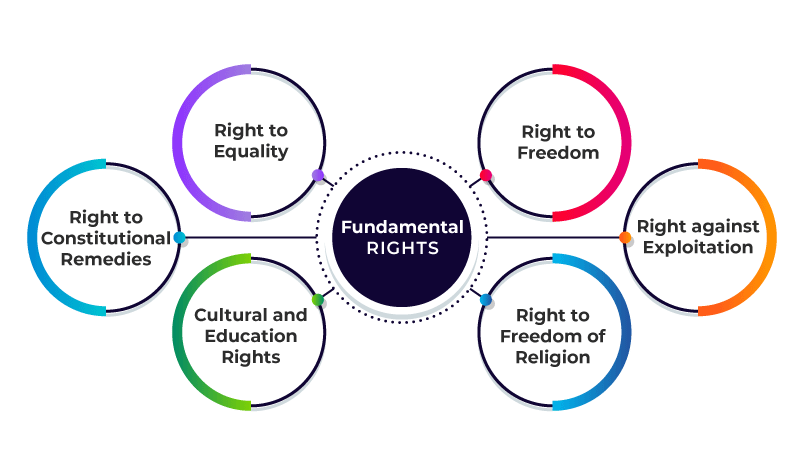
Part III of the Constitution of India enshrines six fundamental rights available to all citizens. These rights are a crucial element of the Constitution, asserting that every person is inherently entitled to certain basic rights. The enjoyment of these rights is not contingent on the will of the majority or any minority group. No majority is authorized to negate these rights. Fundamental Rights serve to foster the concept of political democracy, acting as a check against the potential tyranny of the executive and arbitrary legislative actions. They are justiciable, meaning they can be enforced by the courts if violated.
State Policy's Directive Principles
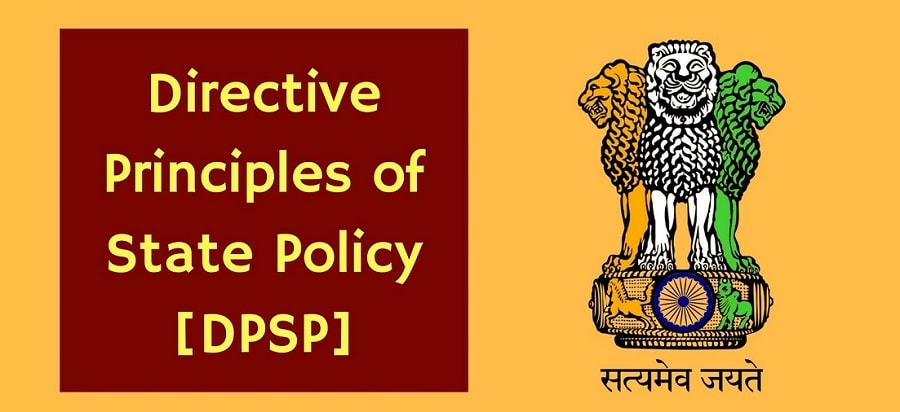
Dr. B.R. Ambedkar described the Directive Principles of State Policy as a unique element of the Indian Constitution, listed in Part IV. These Principles aim to provide social and economic justice and establish a welfare state with equitable wealth distribution. They are non-enforceable by nature. The Supreme Court's ruling in the Minerva Mills case (1980) emphasized that the Indian Constitution is built upon a balance between Fundamental Rights and these Directive Principles.
Citizens' Fundamental Duties
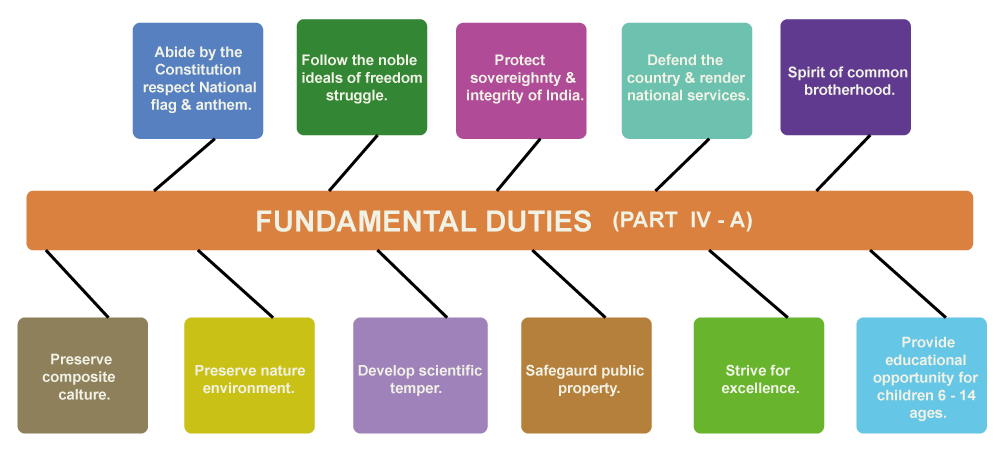
Originally absent, the Fundamental Duties were introduced to the Indian Constitution by the 42nd Amendment Act of 1976, following recommendations from the Swaran Singh Committee. An additional duty was added by the 86th Constitutional Amendment Act of 2002, bringing the total to 11. While rights are guarantees, duties are expectations from every citizen, albeit non-enforceable like the Directive Principles.
Secularism in India

Indian secularism, as per the Constitution, does not favour any religion as the state religion. It embodies features such as state neutrality in religious matters, the right to follow any religion (including atheism), non-discrimination based on religion, and equal opportunity for all citizens in state offices. This conception of secularism, differing from the Western model of complete religion-state separation, respects all religions equally. The Constitution also abolished communal representation but allowed temporary reservations for Scheduled Castes and Tribes.
Universal Adult Franchise and Single Citizenship Concept

Indian democracy operates on the 'one person, one vote' principle. Every Indian citizen aged 18 and above, irrespective of caste, sex, race, religion, or status, has the right to vote, establishing political equality through a universal adult franchise.
Contrary to dual citizenship in some federal states like the USA, India offers single citizenship. This means every Indian, regardless of birthplace or residence, is a citizen of India, not of individual states. This fosters national unity and allows equal rights and employment opportunities across India.
Independent Constitutional Bodies and Emergency Provisions
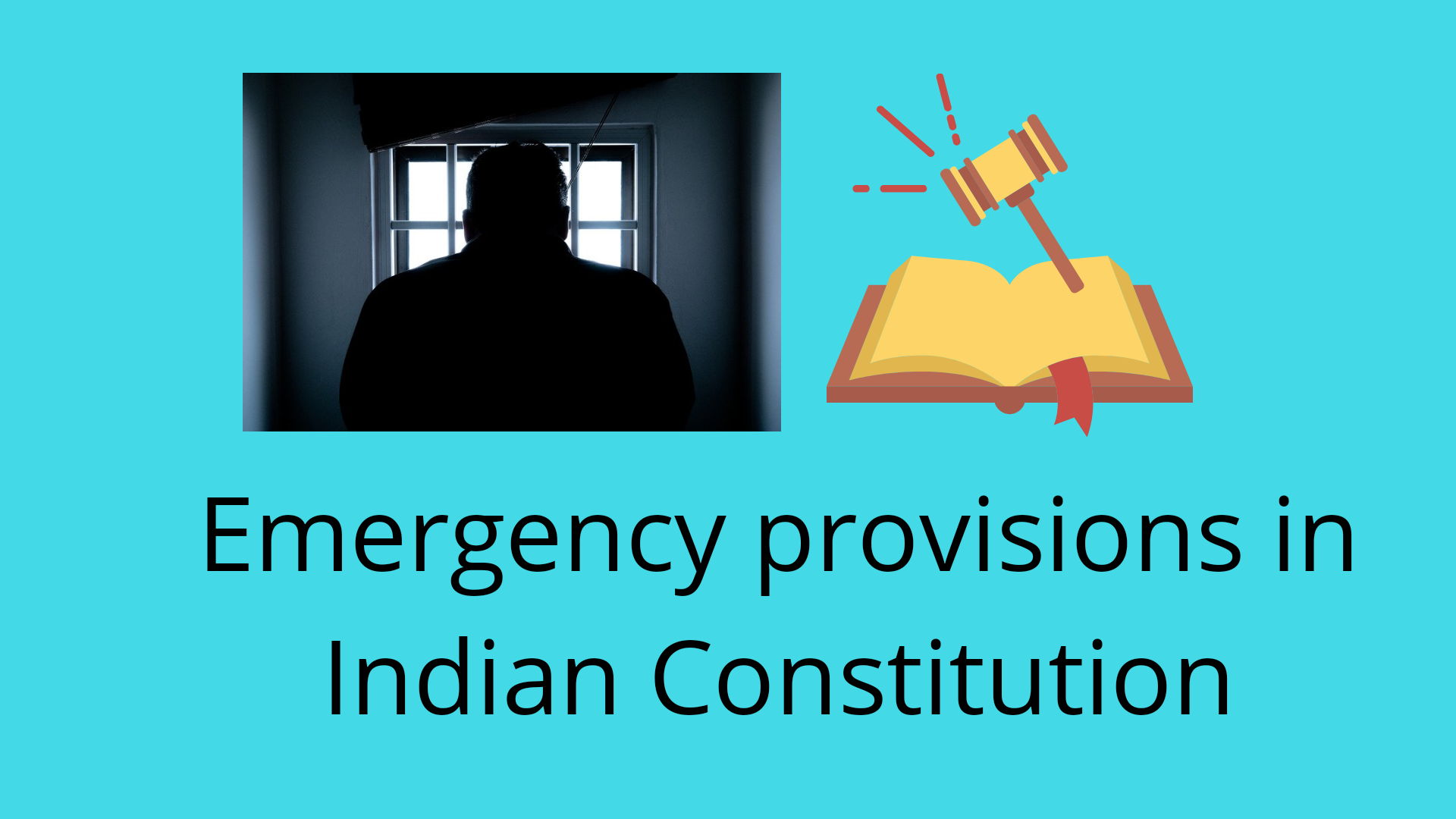
The Indian Constitution not only sets up legislative, executive, and judicial branches (both central and state) but also establishes various independent bodies, considered pillars of the democratic system in India.
Acknowledging potential governance challenges, the Constitution details emergency provisions for scenarios like war, constitutional failures in states, or financial crises. These provisions transform India's political system from a federal to a more centralized unitary structure during emergencies, safeguarding sovereignty, unity, integrity, and the democratic political system.
Three-Tier Government System

Initially, the Indian Constitution provided for dual governance (Centre and States). However, the 73rd and 74th Constitutional Amendments in 1992 introduced a third tier of government: local governance, unique compared to other world constitutions. These amendments constitutionally recognized Panchayats and Municipalities, adding new parts and schedules to the Constitution for their governance.
Constitutional Recognition of Cooperative Societies
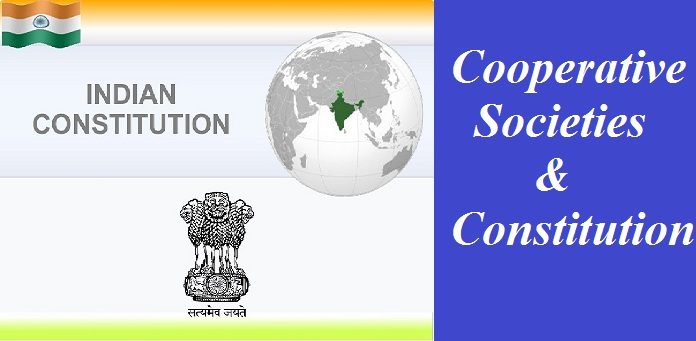
The 97th Constitutional Amendment Act of 2011 granted constitutional status to cooperative societies. This amendment added the right to form cooperative societies as a fundamental right (Article 19), introduced a new Directive Principle (Article 43-B), and added a new part (IX-B) to the Constitution, detailing the functioning of cooperative societies and empowering legislative bodies to regulate them.
Conclusion
The Indian Constitution is a dynamic document, embodying a blend of various global constitutional doctrines, tailored to the unique context of India. It is remarkable for its comprehensive coverage, balancing parliamentary sovereignty with judicial review, and embedding principles like the Rule of Law and secularism. Its recognition of fundamental rights, duties, and directive principles forms the cornerstone of Indian democracy. The Constitution's unique features, including the three-tier government system, universal adult franchise, and the integration of cooperative societies, reflect India's commitment to a democratic, inclusive, and progressive governance model.
Test your knowledge of Indian Independence. Visit: https://4123.play.quizzop.com/indian-independence-quiz/category
Rate this article
Other articles you may like
B.R. Ambedkar: Father of Indian Constitution
Indian Independence • 18 Jan, 2024 • 23,890 Views

Indian Constitution Preamble: Values and Significance
Indian Independence • 18 Jan, 2024 • 23,934 Views
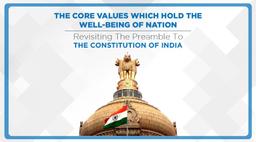
National Unity Day 2023: Honouring Sardar Patel's Legacy
Indian Independence • 31 Oct, 2023 • 36,259 Views
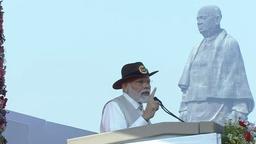
Celebrating India’s 77th Independence Day 2023
Indian Independence • 14 Aug, 2023 • 20,281 Views
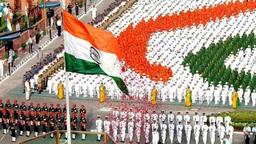
India's Top 5 Independence Era Struggle Places
Indian Independence • 4 Aug, 2023 • 25,447 Views



